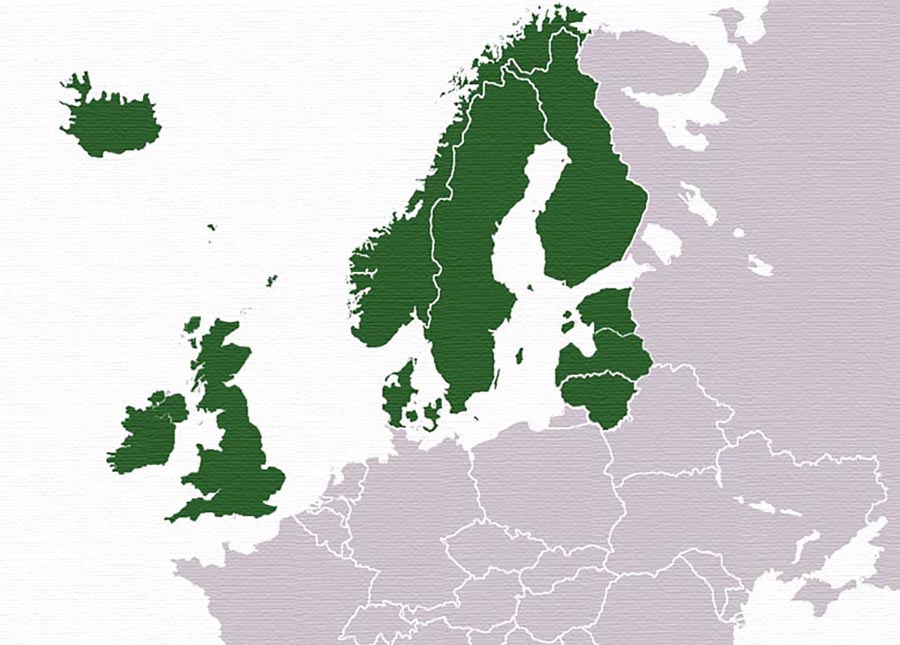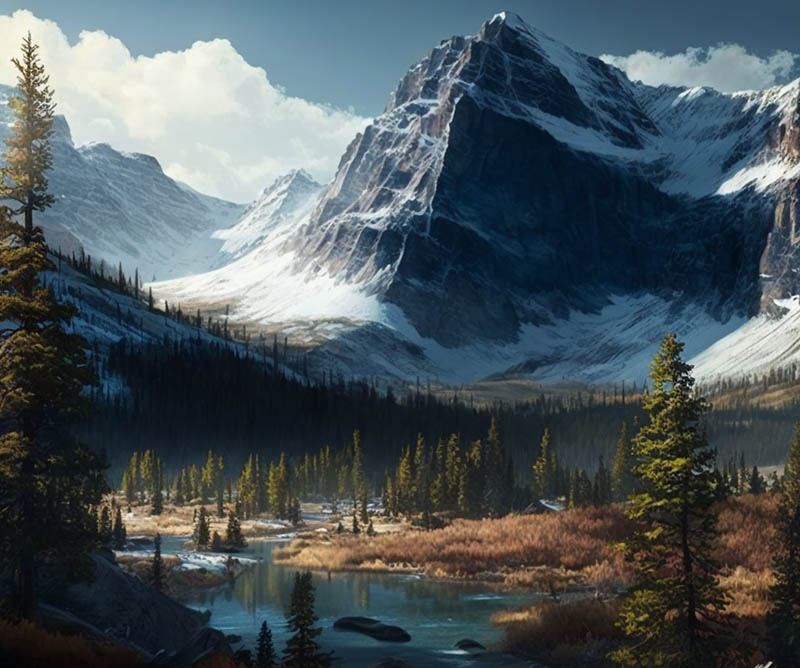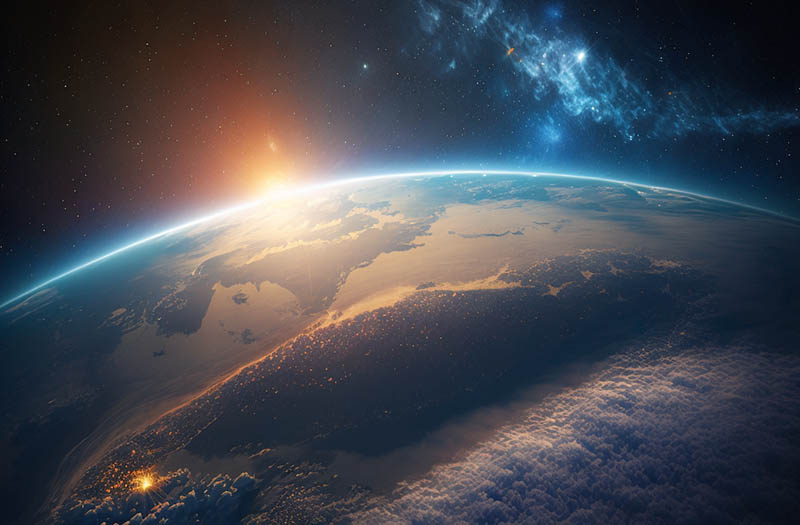Northern Europe is one of the most stable and prosperous regions in the world. The states located there flourish, and their economic and political influence is very high.
- All the countries of Northern Europe are often called Scandinavia, which is actually incorrect. This region also includes countries that are not Scandinavian, Finland, for example.
- In terms of area, Northern Europe is comparable to Southern and Western Europe, but it is several times smaller in comparison to Eastern Europe. At the same time, it is the least densely populated of all the regions of the European continent, partly due to the colder climate.
- The following countries belong to Northern Europe: Sweden, Norway, Denmark, Finland, Estonia, Lithuania, Latvia, Iceland, Ireland, and the United Kingdom. This is interesting since most people believe that Great Britain lies in Western Europe, but geographers don’t agree with them.
- The warlike culture of the Vikings originated in Northern Europe more than 1000 years ago. Due to the harsh climate, it was difficult for the Vikings to develop agriculture and cattle breeding, so they were used to raiding other people.
- The largest island on Earth, Greenland, also belongs to this region. However, it is not an independent state – Greenland is an autonomous unit of Denmark, although in fact the island practically doesn’t depend on Denmark in the terms of politics.
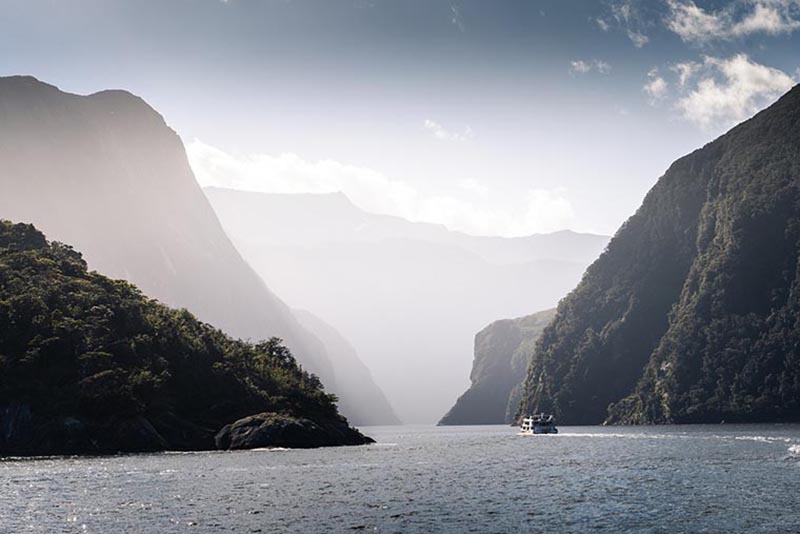
- There are huge ice reserves concentrated there, most of which are located in aforementioned Greenland. The total ice reserve on this island is estimated at 0.62 million cubic miles (2.6 million cubic km). If all the Greenland ice melted, the water level in the world’s oceans would rise by about 23 feet (7.2 meters).
- Northern Europe has lots of volcanoes. Almost all of them are located in Iceland, a small state, and there are so many of them there that Icelanders have even learned how to build geothermal power plants to use this free energy.
- Not everywhere in Northern Europe is as cold as it is commonly believed since the proximity of the seas and the Atlantic Ocean smooth out seasonal climate fluctuations. People successfully grow strawberries in the open ground in the south of Norway! Another example: the average annual temperature in Reykjavik, the capital of Iceland, is similar to that in Berlin.
- everyone knows that the standard of living in the countries of this region is very high, and the salaries there are pleasing. However, all this is partially offset by very high prices and taxes. In Finland, for example, the income tax can be up to 49.2%, in the UK – up to 45%, in Denmark – up to 55.4%, and in Sweden – up to 56.6%.
- There are more islands in the seas of Northern Europe than anywhere else in the world. There are more than 50 thousand of them in the Archipelago Sea! The Archipelago Sea is part of the Baltic Sea, it is located between the Gulf of Finland and the Gulf of Bothnia.
- The crime rate in most of the Northern European states is very low. There are no prisons in the Faroe Islands, which are an autonomous region of Denmark. They simply sent criminals to the mainland. Also, the number of prisoners in the only prison in Iceland doesn’t exceed 15-20 people usually.
- Northern European countries have given the world a lot of popular inventions. Saunas, for example, were invented there, in Finland, and you shouldn’t confuse them with bathhouses. Also, the world-famous method of serving known as the buffet was invented in Sweden.
- The Faroe Islands once belonged to Norway, but once the Norwegian king lost them in a card game to the king of Denmark. About 50 thousand people live in the Faroe Islands nowadays.
- One of the most famous events held in Northern Europe is the annual Isle of Man Tourist Trophy motorcycle race. They differ from traditional highway-ring motorcycle races in that they take place directly on ordinary streets and roads. The result is the most dangerous race track in the world, and over the hundred-year history of this motorcycle race, about two hundred participants died.
- Russia, the largest country in the world, doesn’t belong to Northern Europe. It belongs to Eastern Europe but has a border with Northern Europe as well.
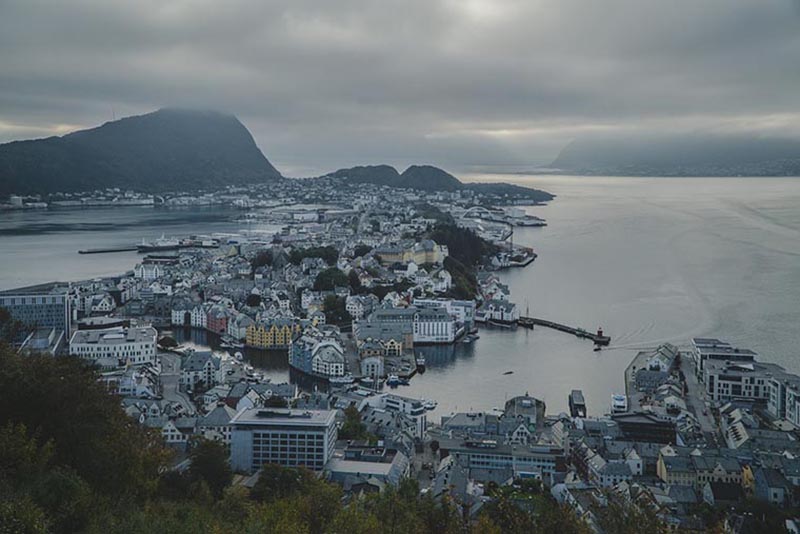
- Most states of this region have a similar feature on the flag: a cross, and it is located not in the center of the flag panel. The researchers claim that the first flag with a cross was the flag of Denmark.
- Such cold countries as Finland, Norway, and Iceland are consistently in the top ten countries with the highest coffee consumption per capita. Although, there are no coffee plantations there because of the unsuitable climate for them.
- During the last Ice Age, about 10 thousand years ago, the whole of Northern Europe was covered with an ice sheet that reached a thickness of several miles. A monstrous mass of ice literally pushed through the continental plate, forming a modern relief. This is how, by the way, the Baltic Sea was formed.
- The only European country without mosquitoes is Iceland. Other insects are found there, despite the cold climate, there are dozens of different species of them there.
- Not all Nordic countries are members of the European Union. Iceland and Norway were never included in it, and the UK decided to withdraw from the EU. However, all the Northern European states are part of the Schengen area.
